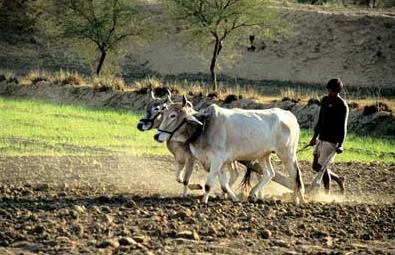Cultivation theory (sometimes referred to as the cultivation hypothesis or cultivation analysis) was an approach developed by Professor George Gerbner, dean of the Annenberg School of Communications at the University of Pennsylvania. He began the 'Cultural Indicators' research project in the mid-1960s, to study whether and how watching television may influence viewers' ideas of what the everyday world is like. Cultivation research is in the 'effects' tradition. Cultivation theorists argue that television has long-term effects which are small, gradual, indirect but cumulative and significant.
They emphasize the effects of television viewing on the attitudes rather than the behaviour of viewers. Heavy watching of television is seen as ‘cultivating’ attitudes which are more consistent with the world of television programmes than with the everyday world. Watching television may tend to induce a general mindset about violence in the world, quite apart from any effects it might have in inducing violent behaviour. Cultivation theorists distinguish between ‘first order’ effects (general beliefs about the everyday world, such as about the prevalence of violence) and ‘second order’ effects (specific attitudes, such as to law and order or to personal safety).
Gerbner argues that the mass media cultivate attitudes and values which are already present in a culture: the media maintain and propagate these values amongst members of a culture, thus binding it together. He has argued that television tends to cultivate middle-of-the- road political perspectives. And Gross considered that 'television is a cultural arm of the established industrial order and as such serves primarily to maintain, stabilize and reinforce rather than to alter, threaten or weaken conventional beliefs and behaviours' (1977, in Boyd- Barrett & Braham 1987, p. 100). Such a function is conservative, but heavy viewers tend to regard themselves as 'moderate'.

